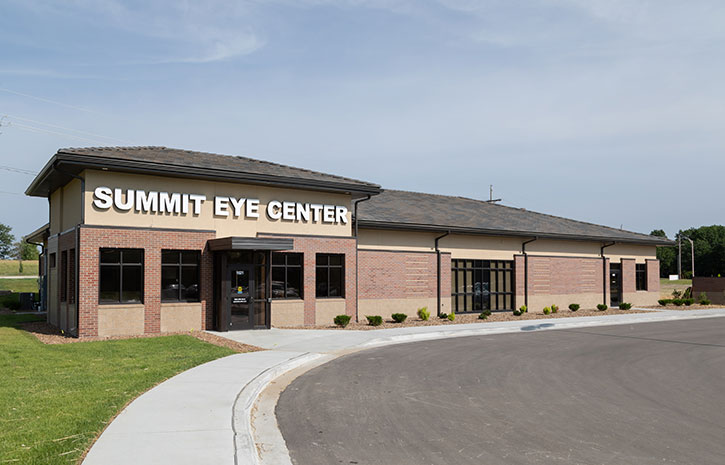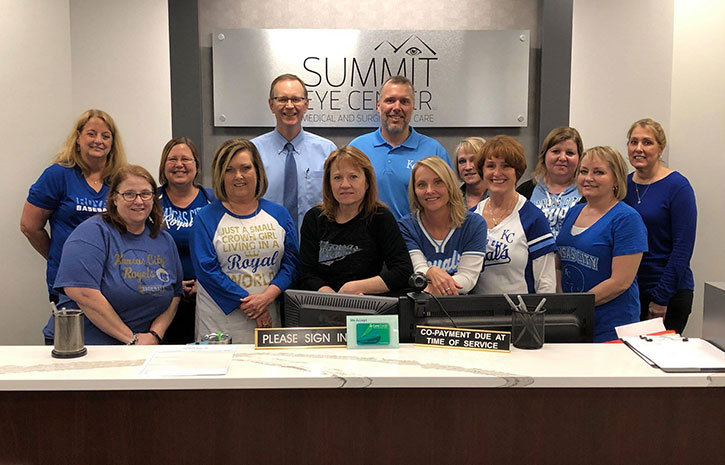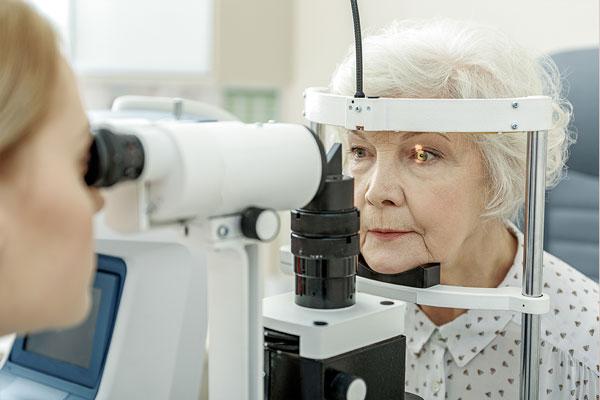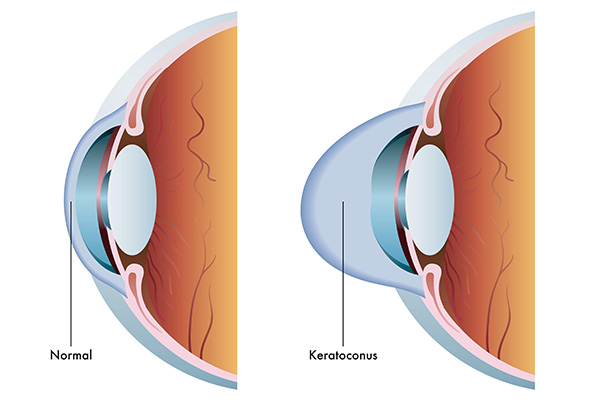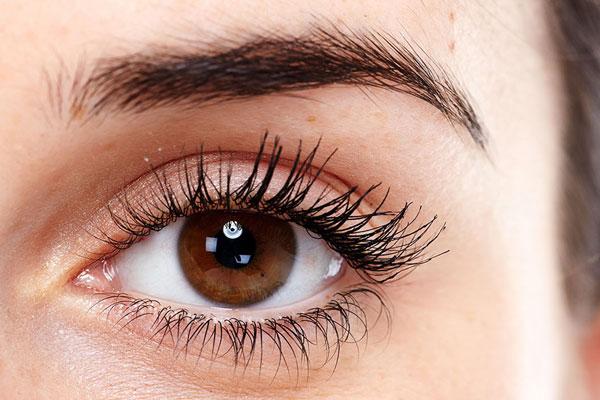Specialized Ophthalmology Services in the Kansas City Area
-
Summit Eye Center is a trusted and experienced provider for all your ophthalmology needs in the Kansas City area. We not only provide complete eye care services but also provide insightful and consultative advice to ensure you’re getting the best care and making the best decisions when it comes to your eye health. We truly believe that our ophthalmologist’s attention to detail, extensive ophthalmology services, advanced technology, and passion for wanting to know our patients makes our level of commitment an unparalleled match to beat. We continue to establish our relationships to become your leading choice for eye care surgery and services in Lee’s Summit, MO, and greater Kansas City.
-
Our Eye Care Services Led by Our Expert Ophthalmologist
Our ophthalmology services help to provide our patients in the Kansas City area with the eye care services they need to improve their vision and quality of life. Our incredible team of eye care experts, led by our qualified ophthalmologist, specialize in a wide range of eye care services. From your first eye care appointment to each follow-up appointment, our dedicated eye care team will work to ensure you understand every step of the diagnosis and treatment plan. Feel free to learn more about our ophthalmology services below or contact our team to schedule an appointment.
Content reviewed by Kelsey J. Kleinsasser, O.D.

